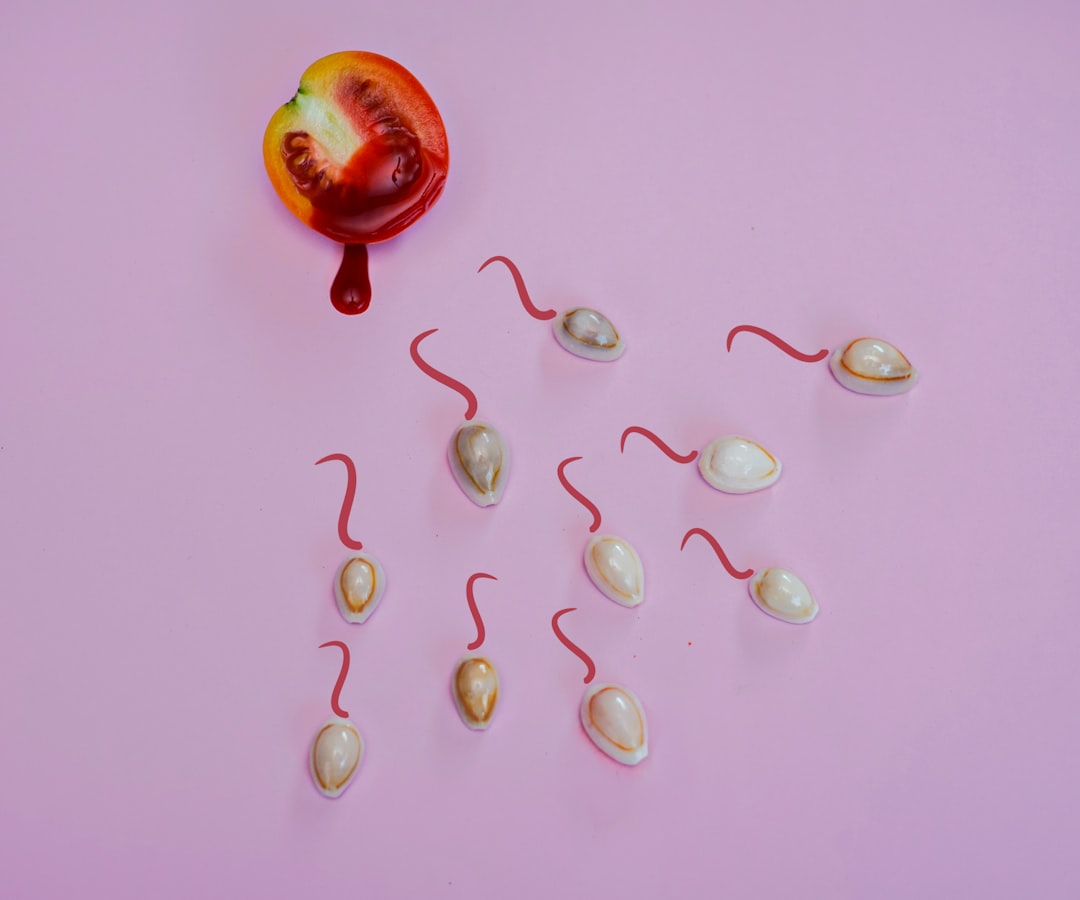What is it about?
Organisms adapt to threats in the environment by tweaking their traits to improve fitness. Experimental studies of this process have proven to be a particular challenge when they involve manipulation of a suite of genes, all on different chromosomes. We set out to understand how so many loci could work together to confer a trait. We used as a model system eight genes that govern the ability of the unicellular yeast Saccharomyces cerevisiae to grow at high temperature. We introduced these variant loci stepwise into a non-thermotolerant sister species, and found that the more S. cerevisiae alleles we added, the better the phenotype. We saw no evidence for toxic interactions between the genes as they were combined. We also used the eight-fold transgenic to dissect the biological mechanism of thermotolerance. And we discovered a tradeoff: the same alleles that boosted growth at high temperature eroded the organism’s ability to deal with cold conditions. These results serve as a case study of modular construction of a trait from nature, by assembling the genes together in one genome.
Featured Image

Photo by Anton on Unsplash
Why is it important?
Evolution often needs to make changes all over the genome to build a new trait. As we understand this complex process, we get better at predicting and intervening in evolutionary change events—from antibiotic resistance in bacteria to climate change response in plants and animals.
Perspectives
People tell me, "It's hard enough studying evolution one gene at a time. Why bother with the crazy challenge of experiments on many genes at once?" My perspective is different, in that as we study genetic complexity in adaptation I gain an even stronger appreciation for what evolution can do.
Rachel Brem
University of California Berkeley
Read the Original
This page is a summary of: Joint effects of genes underlying a temperature specialization tradeoff in yeast, PLoS Genetics, September 2021, PLOS,
DOI: 10.1371/journal.pgen.1009793.
You can read the full text:
Contributors
The following have contributed to this page










